

Dell Technologies ADVA uCPE Solutions
Wed, 31 Aug 2022 17:38:12 -0000
|Read Time: 0 minutes
The mission of ADVA is to lead the virtualization transformation with their Ensemble solution. Ensemble provides the best of breed products and tools for networking, operations, and choice, all designed to power the telco cloud transformation. The Ensemble product suite provides an open and pure-play network functions virtualization (NFV) platform that brings virtualized services to life. Best of all, Ensemble operates seamlessly with best-of-breed servers from Dell Technologies.
Dell EMC hardware models to power ADVA Ensemble solutions (ADVA software is preloaded by Dell Technologies).
VEP1445 | 210-AWIP 8 core | 32G DDR4 | 2xUSB3.0 |
|
| 16G eMMC | Low energy Bluetooth |
|
| 2x2 WiFi | Dual fan |
|
| 960G SSD |
|
|
| 6x1G Copper RJ45 |
|
|
| 2x10G SFP+ |
|
|
| TPM 2.0 |
|
|
| ADVA software |
|
VEP1485 | 210 AWIQ 16 core | 64G DDR4 | 2xUSB3.0 |
|
| 16G eMMC | Low energy Bluetooth |
|
| 2x2 WiFi | Dual fan |
|
| 2TB SSD |
|
|
| 6x1G Copper RJ45 |
|
|
| 2x10G SFP+ |
|
|
| TPM 2.0 |
|
|
| ADVA software |
|
Table 1: VEP1405 ADVA SKU ADVA software will be installed by customers or Dell Technologies second touch facilities on VEP4600 8 core and 16 core model, no dedicated SKU).
The following figures shows\ how ADVA Ensemble Connector compares to a stock distribution of Linux (e.g. CentOS, RHEL, and Ubuntu).
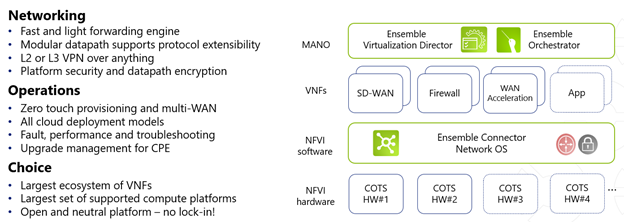
Figure 2: Ensemble virtualization: networking, operations and choice
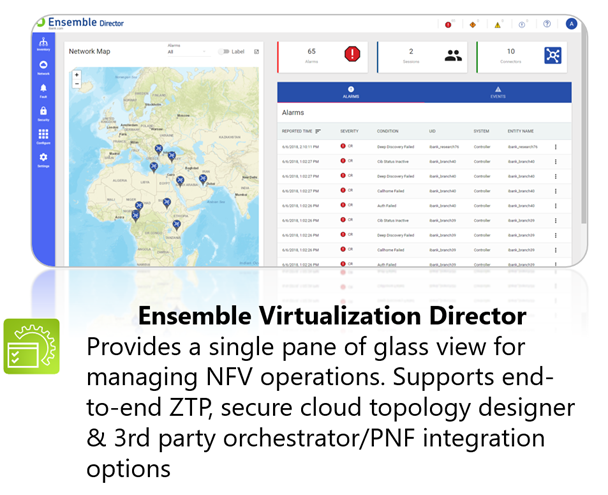
Figure 3: Ensemble Virtualization Director
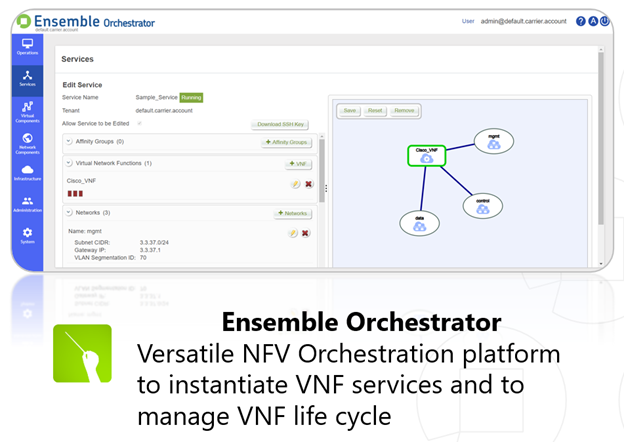
Figure 4: Ensemble Orchestrator
Additional Resources
Related Blog Posts

Dell Technologies SD-WAN/uCPE Solutions and Technologies
Mon, 02 Aug 2021 15:49:50 -0000
|Read Time: 0 minutes
Over the course of Wide Area Network (WAN), the landscape has dramatically changed through many stages of innovations, from frame relay, ATM, X.25, SDH optical networks, etc. and MPLS. The latest stage, which we are in now, is Software Defined-WAN (SD-WAN).
1. What is SD-WAN/uCPE?
In a nutshell, SD-WAN is running network routers in Virtual Machine (VM), dynamically and intelligently by routing and directing network traffics to the most optimized WAN network path. For example, MPLS, broadband Internet, or cellular networks.
Back in the old days, corporate datacenters and branches were primarily connected through MPLS circuits amongst different geographic locations. This new network architecture solves the problem to access on-prem applications hosted in datacenters such as database, web server, mail server, etc. The following figure describes this process.

Figure 1: Branch office to central office in the past
As cloud and virtualization are taking off everywhere, software applications are being virtualized, outsourced, scaled out, and hardened to meet more stringent standards and requirements. Today’s network traffics are driven by software applications that can be characterized by the following features:
- Cloud applications that are fundamentally driving WAN from static to on-demand.
- Prevalent cellular network (LTE and 5G) provides an efficient and faster network path between user, branch, and edge to data center or other peers.
- Internet-of-Things (IoT) is driving need for Edge processing, bandwidth, and security
- Devices and Things driving competitive advantage, increase Edge processing, security, and connectivity.
- Collocated datacenters close to fiber exit provide advantages to reroute network traffics based on adjacent disembark network points (see the diagram below).
- Dell Technologies strongly believes and promotes open and disaggregated model to drive the separation of hardware and hardware infrastructures, software infrastructures, and software applications. Everyone can focus on their own core competence. As an example, Dell worked closely with many SD-WAN software vendors, VMware/VeloCloud, Versa Networks, and ADVA Optical to provide customers with choices and flexibilities.
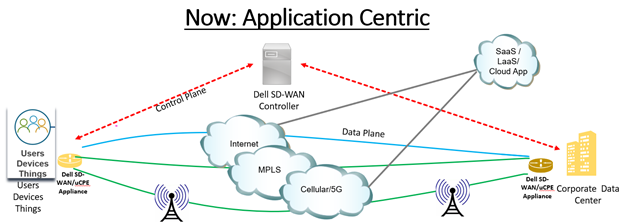
Figure 2: Branch office to central office now
To manage the network and route traffic more efficiently, the router must probe application traffics into payload layers to figure out which applications this packet belongs to. For example, mail access traffic, web server traffic, database traffic, or others. With that level of application knowledge, the router can then redirect the traffics to a proper network path such as MPLS, broadband Internet, or LTE/5G MEC edges, for example, database hosted in a corporate datacenter will go through MPLS circuit whereas Microsoft Outlook mail server hosted in Azure cloud will be routed to the broadband Internet circuit. IoT or smart phone traffics can be routed through LTE/5G network to the closest Edge network.
Keep in mind that these probing and routing policies are constantly changing, so the better choice is to run probing/routing/directing traffic processes in virtual machine (VM) instead of an embedded firmware running on a dedicated hardware-based router system. To push the integration to another level, one can easily implement more VMs on the same physical system, that’s where the uCPE solution comes to play. For illustration, see the figures below.
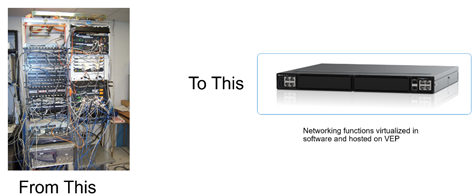
Figure 3: uCPE revolution: From racks to a single box

Figure 4: uCPE block diagram
Physical Network Function (PNF) are the traditional network equipment like routers, firewall appliances, and VPN servers. PNF vendors are transitioning the physical equipment to VMs. By running these VMs in a hypervisor, which is hosted on one hardware computer, and integrating them together through the industry standard protocols such as service chaining, customers can successfully run multiple VM based Virtual Network Functions (VNFs) in one physical unified Customer Premises Equipment (uPCE) server. Therefore, one server can replace a rack of hardware appliances, reduce the hardware footprint, power consumption, and more.
2. Tenets of SD WAN/uCPE technologies
- In contrast to regular router and switches, SD-WAN solutions follow the same rule of Software Defined Network (SDN) technologies. In SD-WAN, control plane is completely separated from the data plane. The control plane is part of the SD-WAN orchestration and Management Automation and Orchestration (MANO) layer. The data plane stays either in a physical server or VM. All the configuration and traffic routing are done at the control plane. That way, the physical system can be easily replaced at any time since the configuration data and other traffic control related information are kept at control plane and can be restored to the new replaced physical system.
- SD-WAN traffic redirecting and probing are implemented in VMs, hence its name Network Function Virtualization (NFV). With that approach, it can be easily performed on a physical server, on a private cloud, hybrid cloud, or public cloud, such as AWS, Azure, and Google Cloud. It can also scale out to accommodate dynamic, eventful, and bursty traffics by adding more hardware resources to VM.
- Zero Touch Provisioning (ZTP): With SD-WAN orchestrator, customers can ship an unconfigured physical server directly to any deployment sites and get it automatically and securely configured through the orchestrator.
- Disaggregated and open architecture, with software agnostic hardware, allowing everyone to focus on their own core competence. This maximizes the choices for customers to address their unique technical and commercial needs with flexibility and investment protection, without requiring forklift upgrades.
3. Why choose Dell EMC for SD-WAN/uCPE technologies?
Dell EMC has operated a build to order supply chain strategy allowing us to deliver the latest technology to our customers at the right price and at the right time. The strength of our supply chain is an important factor in our ability to deliver project cost efficiencies to our customers.
Dell EMC's vision is to provide our customers with an open, disaggregated set of solutions from core to edge, allowing them to remove proprietary infrastructure, decrease CapEx, and automate operations as they deliver new services and applications to their end customers.
Dell EMC is a global leader in compute, storage, and Open Networking infrastructure. Dell EMC SD-WAN/uCPE solutions leverage the full suite of hardware and software platforms to provide a complete end to end solution by addressing the requirements in a simplified manner. By leveraging a large ecosystem with leaders in their respective space, Dell EMC SD-WAN/uCPE team engages with these partners to create simple, replicable, and Ready to Use solutions.
Dell EMC provides 100% open architecture and is committed to progressing "open systems" at both hardware and software levels. The solutions provides the building blocks for modern network infrastructure. Systems can scale independently to accommodate and optimize efficiency for network operations.
Additional Resources
Dell Technologies ADVA uCPE Solutions
Dell Technologies Versa SD-WAN Solutions and Technologies

Dell Technologies Versa SD-WAN Solutions and Technologies
Mon, 02 Aug 2021 15:53:47 -0000
|Read Time: 0 minutes
The Versa Networks SD-WAN solution solely relies on MP-BGP for route distribution. This is achieved via the controllers acting as route reflectors through the secure overlay control channel that each CPE maintains on a per tenant basis with SD-WAN Controllers. Versa Networks SD-WAN solution does not need IGP protocols for MP-BGP next-hop resolution since each CPE are back-to-back/directly connected to each other using secure overlay forwarding tunnels.
The main features of the Versa Networks SD-WAN routing solution are listed below:
- Multiple MPBGP instances each configured within a routing-instance or global hierarchy
- Each MPBGP instance corresponds to a tenant and can support multiple VRFs per tenant
- SD-WAN Controller (Route reflector) reflects the routes to other branches and send to other controllers as well (Route Reflector meshing).
- The route reflector can be different than Controllers where required
Various topologies can be supported on a per VRF basis. These include:
- Hub & Spoke
- Partial-mesh
- Full-mesh
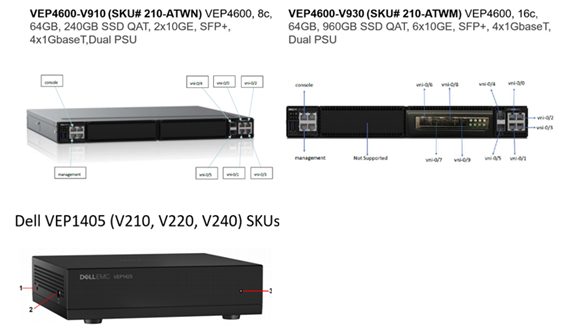
Figure 1: Dell EMC VEP SKUs for Versa SD-WAN (Versa software preloaded in Dell manufactory)

Figure 2: Versa software overview and highlights
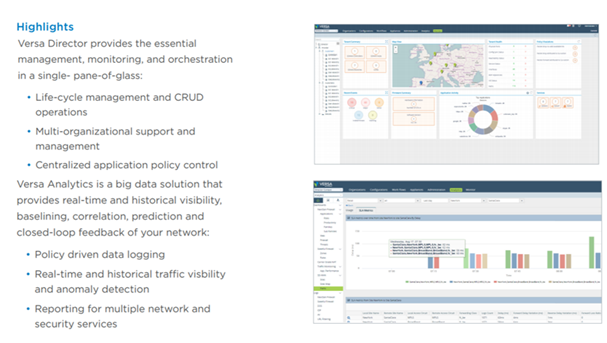 Figure 3. Versa control plane, orchestrator and MANO layer
Figure 3. Versa control plane, orchestrator and MANO layer
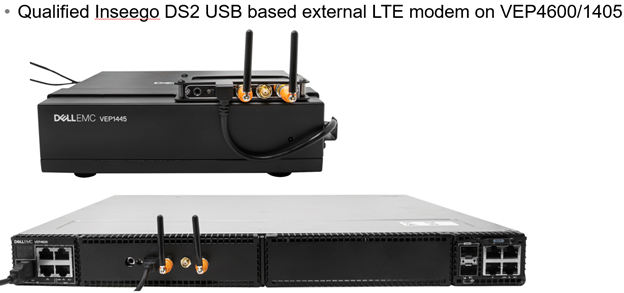
Figure 4. External LTE modem for Dell EMC Versa SD-WAN solutions
Additional Resources
Dell Technologies SD-WAN/uCPE Solutions and Technologies
Dell Technologies ADVA uCPE Solutions


